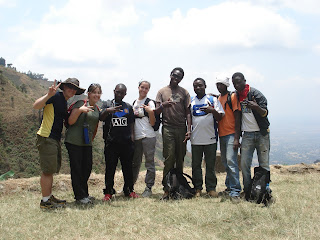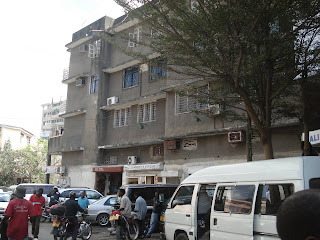The Program
Twice a week for two hours, vulnerable and unemployed youth are offered free English and Computer classes. Currently we have two classes. The first has already had a 13-course session to learn basic computer functions and the second is a brand new class, many of whom have never had the chance to even touch a computer. Each class gets one hour for English and one hour for Computers
My Job
Along with Nicole, I am responsible for teaching the computers section of this class. We have used the previous volunteers’ reports to prepare curriculum and we have a translator (Gasto) to help us when language becomes a difficulty. Our main goal has been to have our students become familiar with computers and for them to learn a few things that they can do with them.
Challenges and Successes
The biggest challenge we face is that the students have next to no knowledge about computers. Some have had a little experience, but most are starting from scratch. We wanted to be able to teach the students many different things about computers and have the practice as much as they can. We are finding, however, that due to lack of familiarity with computers, it takes a long time to do simple tasks. Typing speed is the biggest issue and that is compounded by language difficulties (i.e. they need to look at every letter on the board or a handout and then find each letter on the keyboard). We have taken a few steps to help our students become more familiar with the keyboard (we have copies of the keyboard on paper and have had them “type” with them) and we have seen some improvement. Despite the slowness, just the opportunity to even try to type is a huge step for many of these people.
Another challenge (and you, the reader, COULD do something about this) is that we do not have many computers. The most we’ve had in one session was four, but we usually have at least 10-15 students per class. At times, because of battery depletion, we have had one operating computer in the classroom. If you know of anyone who can donate laptops, please contact YCI and they will gladly help you. Even if it were a gift of money to help buy one used computer, it would still do more benefit to the people here than you could imagine. We are also looking to get a projector for the future which would make teaching computers much, much easier since we would be able to show everyone in the class without having to have the huddle around one small screen.
All in all, though we are facing challenges, we have definitely seen an improvement in several of our students. They are more confident using the computers and are able to complete the tasks we give them more quickly than before. I was told that two previous students in these classes have found jobs. Since that is the goal of this project (to help people develop employable skills), I hope that this type of success can continue.































